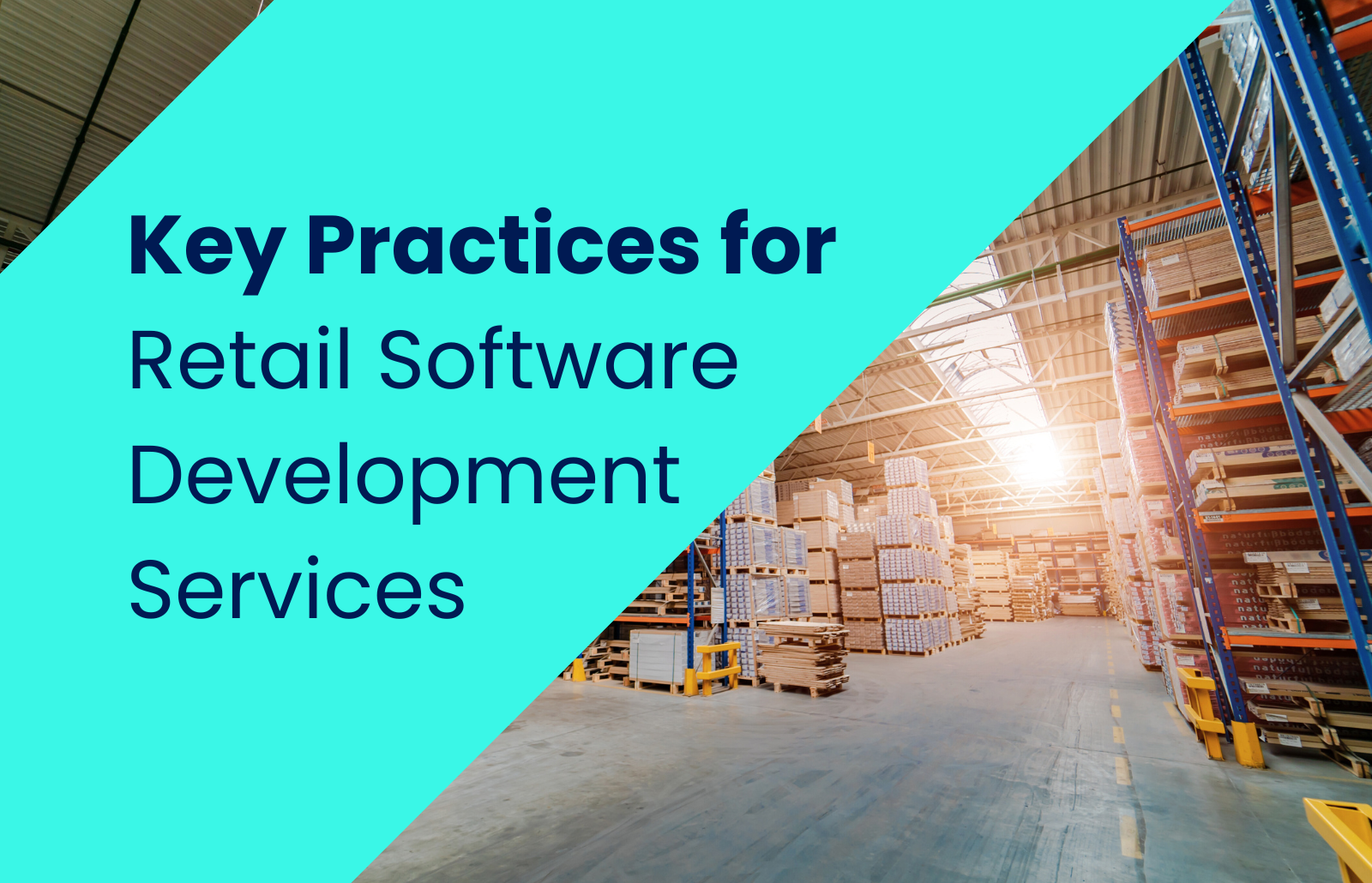In the dynamic landscape of software development, defining clear business requirements and objectives is paramount for project success. Engaging key stakeholders from the outset not only ensures that their insights shape the project’s direction but also fosters alignment with broader business goals.
As organisations navigate the complexities of vendor selection, security compliance, and scalability, a thorough understanding of these critical components can significantly enhance the effectiveness of their software solutions.
This article explores best practices for:
- Defining business objectives
- Evaluating vendor expertise
- Prioritising security measures
- Assessing the scalability of software solutions
It provides a comprehensive roadmap for organisations striving to elevate their development initiatives and achieve enduring success.
Define Business Requirements and Objectives
To effectively define business requirements and objectives, engaging key stakeholders early in the process is crucial. Here are steps to guide this process:
- Identify Stakeholders: Determine who will be affected by the initiative and involve them in discussions.
- Gather Insights: Utilise techniques such as interviews, surveys, and workshops to collect valuable insights into their needs and expectations.
- Document Requirements: Compile the gathered information into a Business Requirements Document (BRD), outlining the scope, functionality, and performance criteria of the initiative.
- Review and Validate: Ensure that all stakeholders review the BRD to confirm alignment with their expectations.
Prioritising requirements based on their potential impact on business objectives is essential for informed decision-making during the development lifecycle. For instance, a retail company focused on enhancing customer experience may prioritise retail software development services that enable personalised shopping experiences or streamline checkout processes. This strategic approach clarifies the initiative’s direction and significantly increases the likelihood of success, as aligning features with business goals in retail software development services is critical for meeting stakeholder expectations.
A notable example is IKEA’s implementation of Google Cloud’s Recommendations AI, which allowed the company to deliver highly personalised product recommendations at scale. This not only improved customer engagement but also led to increased sales, demonstrating the tangible benefits of integrating AI-driven solutions into customer experience strategies.
As emphasised by a recent quotation, “The absence of alignment of initiatives with the business goals is the reason why nearly half of the strategic efforts fail.” This highlights the importance of stakeholder involvement in ensuring that initiatives are aligned with broader business objectives. Furthermore, Capterra’s research shows that a notable percentage of users are unhappy with management tools due to a lack of specific functionalities, underscoring the importance of comprehensive requirements gathering to enhance user satisfaction.
Assess Vendor Expertise and Track Record
To evaluate vendor expertise in software creation effectively, begin by thoroughly examining their portfolio to identify previous endeavours that align with your specific needs. Seek out case studies that showcase their ability to deliver similar solutions successfully. For example, Zartis’s collaboration with Kaluza, where a skilled team of engineers was sourced to enhance platform development in cloud operations and microservices, illustrates this point. This partnership led to improved system performance and faster deployment times, providing valuable insight into their methodologies and outcomes.
Client testimonials and references are equally crucial, offering a glimpse into customer satisfaction and the vendor’s reliability. Ben White, Head of Engineering at Kaluza, remarked that Zartis was pivotal in enabling rapid growth by sourcing high-calibre engineers. Such endorsements underscore the transformative outcomes that can arise from effective collaboration.
Evaluating the vendor’s technical capabilities is essential, particularly their proficiency in relevant technologies and adherence to industry standards. A vendor that has effectively utilised retail software development services for a company of comparable size can provide valuable insights and established strategies applicable to your initiative. When assessing vendor expertise, widely used programming languages for outsourcing, such as Python, Java, and JavaScript, should also be considered. Furthermore, the vendor’s approach to management and communication significantly impacts the initiative’s success. Notably, statistics indicate that 82% of agile teams utilise continuous integration and continuous delivery (CI/CD) tools to ensure consistency and quality. Zartis employs agile practises in their team enhancement solutions, enabling remote groups to collaborate efficiently and accelerate progress, which is vital for adhering to project timelines.
Moreover, organisations allocate 63% of their programming budgets to design and new creation expenses, underscoring the importance of investing in quality production. By concentrating on these factors, you can make informed choices that enhance the likelihood of favourable outcomes in your project initiatives. The anticipated job growth rate of 25.7% in the development sector further highlights the rising demand for skilled vendors, making it essential to select carefully in a competitive market.
Prioritize Security and Compliance Standards
To effectively prioritise safety and compliance, initiate a comprehensive risk assessment to pinpoint potential vulnerabilities within your software systems. Implement strong protective measures, including data encryption, secure payment processing, and routine audits, to safeguard sensitive information. Adherence to vital regulations, such as GDPR for data protection and PCI DSS for payment safety, is essential. Collaborate closely with legal and compliance teams to stay updated on regulatory changes and smoothly incorporate essential modifications into your software development process.
For instance, implementing two-factor authentication significantly enhances protection for user accounts, while routine penetration testing can proactively identify and address weaknesses before they can be exploited. Furthermore, obtaining certifications like ISO 27001 not only reinforces your commitment to safety and compliance but also fosters trust with clients and stakeholders.
It is crucial to acknowledge that the average cost of a data breach for higher-education institutions is approximately $3.65 million, highlighting the financial ramifications of neglecting protective measures. Additionally, the case study titled ‘Impact of GDPR on Mobile App Development’ illustrates how adherence can enhance user confidence and address challenges in data protection and privacy. As a recommended approach, consider the quote, ‘Use antivirus programmes,’ which underscores the significance of fundamental protective measures. By adopting strategic approaches to GDPR compliance, organisations can effectively navigate the complexities of application protection. However, remain vigilant against common pitfalls in prioritising security, such as neglecting routine audits or failing to engage with compliance teams. By embracing these best practises, organisations can ensure that their solutions are both compliant and resilient against emerging threats.
Evaluate Scalability and Flexibility of Solutions
To effectively assess the scalability and flexibility of application solutions, conducting load testing is essential. This process evaluates system performance under varying demand levels, enabling the identification of potential bottlenecks. Key performance indicators (KPIs) such as response time, throughput, and resource utilisation must be analysed to gain insights into system efficiency. Notably, the 99th percentile (p99) represents the value below which 99% of the sample falls, providing valuable context for interpreting load testing results.
Opting for technologies that support modular architecture is crucial, as this facilitates the seamless integration of new features and functionalities in response to evolving business needs. For instance, Zartis’s cloud-based solutions offer the flexibility to dynamically adjust resources according to demand variations, ensuring that applications can adapt to shifting market conditions. Additionally, Zartis’s cloud optimisation services enhance cost efficiency by identifying areas of waste and improving resource utilisation, which is vital for maintaining performance while managing expenses.
Ensuring that the application integrates smoothly with existing systems and third-party tools fosters a cohesive technology ecosystem that supports growth. Regular reviews and updates of the scalability strategy are vital to align with business objectives and market trends, ensuring that the software remains relevant and effective. Furthermore, case studies indicate that approximately 70% of performance-related issues can be resolved with focused efforts on high-priority items, underscoring the effectiveness of load testing and scalability evaluations.
Conclusion
Defining clear business requirements and engaging stakeholders are essential for successful software development. By involving key stakeholders early on, organisations can align project goals with broader business objectives, significantly increasing the chances of success. Documenting and validating these requirements ensures clarity and accountability throughout the process.
Assessing vendor expertise is equally critical. Choosing the right partner, one with a proven track record and relevant technical skills, can greatly impact project outcomes. Emphasising agile methodologies fosters collaboration and adaptability, which are vital in today’s fast-paced environment.
Prioritizing security and compliance is crucial for protecting sensitive information and maintaining client trust. Implementing robust security measures and staying updated on regulatory requirements help mitigate risks and safeguard operations.
Finally, evaluating the scalability and flexibility of software solutions is necessary to adapt to changing demands. Conducting load testing and regularly reviewing scalability strategies ensures systems remain efficient and relevant.
In summary, organisations that clearly define business objectives, assess vendor expertise, prioritise security, and ensure scalability will navigate the complexities of software development more effectively. This approach enhances software quality and aligns solutions with strategic goals, driving lasting success in the digital landscape.

